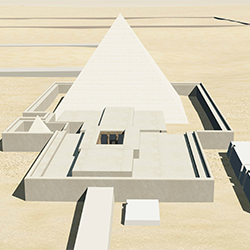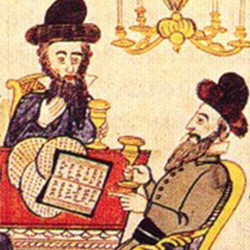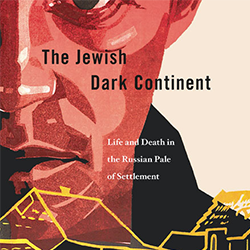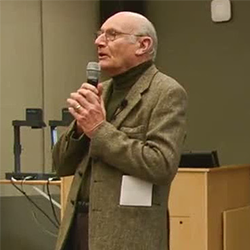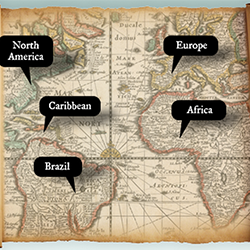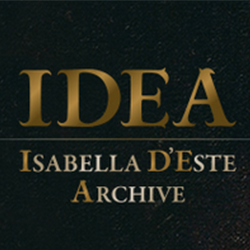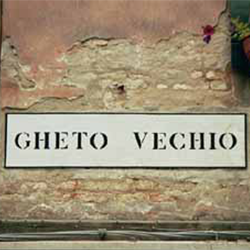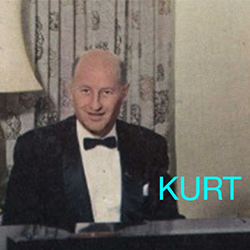3D SAQARRA
The ancient Egyptian cemetery of Saqqara, served as a burial place and cult center for kings, administrators, royal family members, artists, and (less frequently) non-elites over more than 3000 years. Pyramids, mastaba tombs, and huge funerary enclosures still attest to the site’s original grandeur. But questions relating to the creation and perpetuation of sacred space at Saqqara are difficult for modern researchers to address, due to the degradation of the site. Years of ancient and modern change to both the built and natural landscape make it difficult for scholars to re-imagine the interaction between ancient place and environment. The integration of Geographic Information Systems (GIS) and 3D modeling now allows for the recreation and visualization of entire ancient landscapes like Saqqara. The project 3D Saqqara uses these digital capabilities to create a four-dimensional exploration of the cemetery: through both space and time. By simulating the built and natural landscape of the site across thousands of years, the project demonstrates how the nexus between landscape, memory, and identity can be examined in innovative ways. Four-dimensional visualizations of ancient places allow scholars to question how the transformation of such places over time effected peoples’ interpretation and memories of these spaces.
DIGITAL JEWISH STUDIES INITIATIVE
The Center for Jewish Studies has launched an ambitious new Digital Jewish Studies initiative that will support new courses and project development. This initiative encourages student engagement in the geographic, linguistic, and cultural diversity of the Jewish people through digital tools and methodologies that affords new modes of visualizing the relationships between Jewish communities across continents and oceans.
As part of this new initiative, two new courses will be offered by Jewish Studies: The Holocaust in the Digital Age and the History of Zionism. Digital components will also be built into other Jewish studies classes.
Holocaust in the Digital Age will be taught in Spring 2016 by Rachel Deblinger
The course will explore a variety of forms including films, television shows, video testimony, online databases and repositories, museum exhibits, memorial websites, blogs, Facebook, Twitter as representational texts. Students will develop a critical understanding of digital representations of the Holocaust and new skills to engage with knowledge about the Holocaust through digital tools.
History of Zionism will be taught in 2016 – 2017 by Nathaniel Deutsch
Development for this new course will include the creation of digital modules to be used at UCSC and by other instructors across the country and around the world. The modules will facilitate new approaches to teaching the history of Zionism by creating content that considers Zionist ideas in the context of 19th Century Europe. A website created to host these Open Access modules will also serve as an online forum where instructors can post thoughts on teaching the topic, activities used in class, and post texts used to explore new approaches to this history.
DIGITAL MINHAG ARCHIVE
Nathaniel Deutsch is currently developing the Digital Minhag Archive. Working with a graduate student in Computer Science and an undergraduate student, Deutsch is translating his work with the Ansky questionnaire into a dynamic, online survey that asks users to consider their own religious practices alongside the history of Jewish life in the Pale of Settlement. 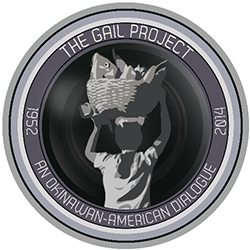
THE GAIL PROJECT
The Gail Project: an Okinawan-American Dialogue, explores the founding years of the American military occupation of Okinawa, and is inspired by a collection of photos taken in Okinawa in 1952 by an American Army Captain: Charles Eugene Gail (now part of the University Special Collections). The project is comprised of several elements, including (1) a digital archive of Gail’s photos, built in Omeka, (2) declassified documents regarding the U.S. military occupation of Okinawa, (3) the collection of Okinawan and American oral histories, (4) re-photography of the Okinawan landscape, (5) an anticipated traveling exhibition of the photos (2016), and (6) ultimately a publication of the collection.
The project is led by Associate Professor Alan Christy, Shelby Graham (Artistic Director), and Tosh Tanaka (Media Director) and driven by students, who bring a range of skills and interests to the project. Students have worked on transcription and translation, designed both the logo and website (http://thegailproject.routes.ucsc.edu/), developed the Omeka collection and online interface, visited the National archives to capture digital images of historical materials, and participated in fundraising events and grant writing. In the 2014 – 2015 academic year, Christy led a team of students to Okinawa to begin the re-photography phase of the project, resulting in two online publications, “The Shiisaa Stared Back: the grinning guardians of Tama-Udun” and “Pregnant Hills: the turtleback tombs of Okinawa”.
THE HOLOCAUST COURSE: COURSERA MOOC
The Holocaust: The Destruction of European Jewry is an adaptation of an on-campus course that has been co-taught by Murray Baumgarten, Distinguished Professor of English and Comparative Literature (Literature Department), and Peter Kenez, Professor Emeritus (History Department), for over 20 years at UC Santa Cruz.
The course allows learners from all over the world to explore the Holocaust from the overlapping perspectives of literature and history—through memoirs, historical documents, poetry, documentary footage, filmic representations, and novels. Produced by Academic Affairs and UCSC Extension, the course connects the world with the intellectual work of UCSC and invites participants to expand their knowledge of the literature of the Holocaust, Eastern and Western European Jewish communities, the origins and development of antisemitism, the establishment of labor and extermination camps, resistance movements, and the Holocaust as a problem for world history.
DATABASE OF INTRA-AMERICAN SLAVE VOYAGES
The Database of Intra-American Slave Trade Voyages has been built by Gregory O’Malley to track the movement of enslaved people between colonies in North and South America and the Caribbean. As part of a recent NEH grant, the Intra-American database will be added to the website: Voyages: The Transatlantic Slave Trade Database, enabling researchers to examine trajectories of the slave trade across the Atlantic and within the Americas. The Transatlantic Slave Trade Database has information on more than 35,000 slave-trading voyages that forcibly embarked over 12 million Africans for the Americas between the sixteenth and nineteenth centuries. It offers researchers, students and the general public a chance to rediscover the reality of the largest forced movement of peoples in world history. O’Malley serves on the Steering Committee for the project and his intra-American database will add more than 7,000 additional slave-trading voyages to the website.
Explore the Transatlantic Slave Trade Database >
ISABELLA D’ESTE ARCHIVE
Deanna Shemek (Literature) serves as a co-PI for IDEA: Isabella d’Este Archive is a multi-faceted digital environment for interactive study of the European Renaissance. IDEA approaches the period through the correspondence, collecting, diplomacy, music, and art patronage of Isabella d’Este as one, highly significant and extensively networked female figure of the period. The online archive element of the project provides access to digital copies of over 30,000 manuscript letters, loaded into an interactive application for online users that is stored on a server at UCSC.
Visit the Isabella D’Este Archive >
LIMINAL SPACES & THE JEWISH IMAGINATION
An online publication on Medium.com that creates an expanded conversation from the Liminal Spaces and the Jewish Imagination Conference (February 18–19, 2015, UCSC). Details about the conference and audio recordings from presentations are available here.
To read and join the conversation, see Liminal Spaces & the Jewish Imagination on Medium >
MEMORIES/MOTIFS
Rachel Deblinger, Digital Humanities Specialist, has built an online exhibit, Memories/Motifs that explores representations of Holocaust survivors in the immediate postwar period. The exhibit, built in Scalar, traces three different survivors and the transformation of their stories in different media and for different political ends. Through this online site, users can listen to postwar radio broadcasts about the Holocaust, watch fundraising videos, and see images from magazines and newspapers that introduced American audiences to the Holocaust in the wake of the war.

WARD VALLEY DIGITAL ARCHIVE
Greenaction for Health & Environmental Justice is a multiracial grassroots organization that works with low-income and working class urban, rural, and indigenous communities to fight environmental racism and build a clean, healthy and just future for all. In the mid-1990s to early 2000s Greenaction was involved in a campaign with native nations and a broad coalition to halt the construction of a radioactive waste landfill in Ward Valley, California.
The organization is partnering with researcher, former Board Member, and UCSC Graduate Alumni Tracy Perkins, among others, to digitize and archive documents, news stories, photographs, fliers, etc. from this campaign. The Ward Valley Digital Archive is being built in Omeka with a project team that includes former UCSC undergraduate students.
Want to add your project to this list? Contact us.
